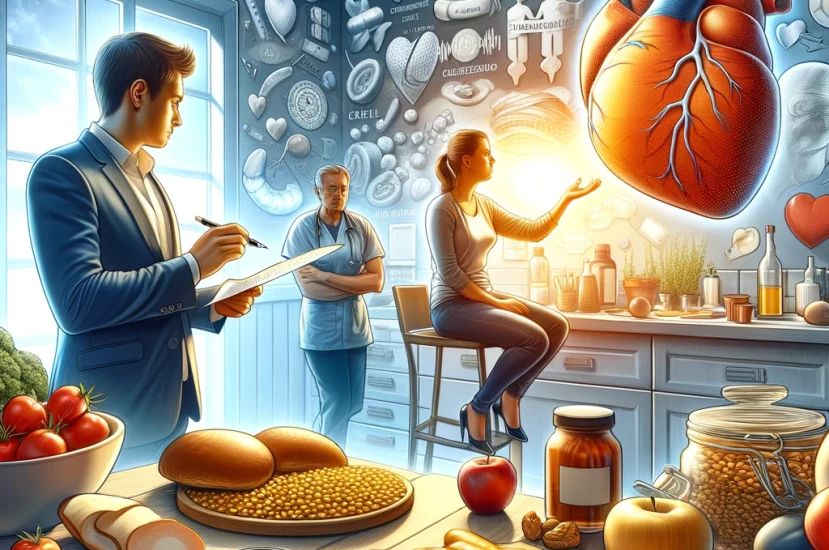Even those with little medical knowledge are aware that high cholesterol is undesirable. Popular magazines often discuss balanced diets to lower cholesterol, and we colloquially refer to fast food as “cholesterol food.” Most of us have heard about the importance of regular blood tests to monitor lipoprotein levels.
Cholesterol, a substance belonging to the lipid family, is primarily produced in the liver, with the remaining amount sourced from our diet. This vital compound plays an active role in the synthesis of certain sex hormones and bile, and it also contributes to the elasticity and strength of cell membranes. Cholesterol exists in the body in various fractions, namely triglycerides, high-density lipoproteins (HDL), and low-density lipoproteins (LDL).
LDL, often referred to as “bad cholesterol,” isn’t entirely harmful or dangerous, as it neutralizes toxins that could otherwise impair our bodily functions. However, extremely high LDL levels can lead to the formation of abnormal fatty deposits known as sclerotic plaques. Triglycerides, found in very low-density lipoproteins (VLDL), contribute solely to plaque buildup.
On the other hand, HDL is sometimes called the “good lipoprotein” because it dissolves cholesterol plaques on blood vessel walls. HDL’s primary function is transporting cholesterol from distant areas of the body back to the liver for further processing. It’s worth mentioning that HDL is also involved in cell membrane construction, vitamin D metabolism, and the synthesis of various hormones.
Cholesterol levels serve as a crucial indicator of fat metabolism processes in our bodies. Blood tests for cholesterol levels play a significant role in diagnosing diseases such as atherosclerosis and assessing the risk of developing cardiovascular diseases. These tests are also indicated for specific endocrine pathologies, including liver and kidney diseases, obesity, and diabetes. The study helps monitor the effectiveness of statins and other lipid-lowering drugs. Even healthy individuals should undergo regular cholesterol checks to detect any changes in time and adjust their diet accordingly.
To obtain a complete picture, it’s essential to measure not only the total cholesterol level but also the levels of each type separately. The ratio of LDL, HDL, and VLDL can provide more insight into one’s health than the overall lipid level in the blood.
In recent years, scientists have begun to utilize another indicator known as the Non-HDL C indicator. This value represents the amount of cholesterol carried by all lipoproteins contributing to atherosclerosis development. Calculating Non-HDL C is simple: subtract HDL-C from the total cholesterol level. The resulting value represents the cholesterol carried exclusively by “bad” lipoproteins, referred to as Non-HDL C.



